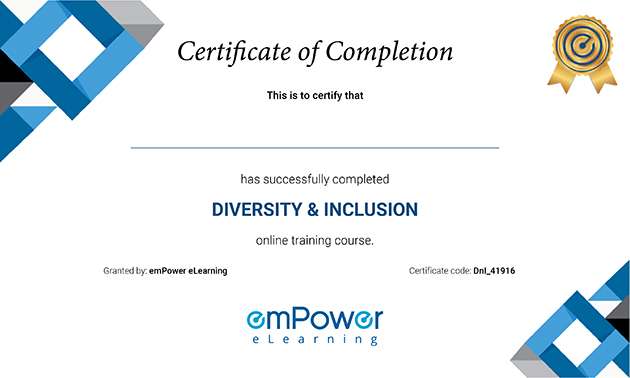Complete Sexual Harassment Training- New York
Harassment Training – New York: Empower Your Workplace with Comprehensive Prevention and Compliance Education.

Our Client

































What is Sexual Harassment Training- New York
The goal of the sexual harassment training – New York is to help you understand what the New York law considers as unlawful sexual harassment. As you go through the sexual harassment training – New York, you’ll develop a deep appreciation of the New York law, the safeguards it has put in place for you, and how you can use these safeguards to respond against sexual harassment.
We’ll begin by looking at the definition of harassment, how it occurs, and the different forms it can take at work. We’ll look at different types of harassment, and how you should respond against them. We’ll look at some examples as well.
Then, we’ll introduce you to the issue of retaliation. Employer and supervisor actions against employees who complain about harassment. You’ll learn about protected activities, employer’s and supervisor’s responsibilities as well.
And lastly, we’ll look at different remedies available to victims of sexual harassment under federal and state laws.
Course Description
| Category | Diversity, Inclusion, and Sensitivity |
| Course Name | Sexual Harassment Prevention – New York |
| Duration | 30 mins |
| Certificate Included | Yes |
| Languages | English |
| Course Type | Interactive online training |
| Narration | Yes |
| Format | LM-light, SCORM 1.2 |
| Supported Devices | Desktop/Laptop, Tablet, Phone |
| Last Updated | June 30, 2021 |
What you’ll learn
- How to recognize unlawful sexual harassment?
- Hostile work environment and Quid pro quo harassment
- What is stereotyping?
- Illegal Retaliation
- How to respond to abusive conduct?
- How your organization needs to deal with harassment
- How to pursue legal remedies outside your organization?
Curriculum
- Workplace Sexual Harassment a ‘Serious Problem’
- What is Harassment?
- What is Sexual Harassment?
- What are the different types of Sexual Harassment?
- Targets of Sexual Harassment
- The perpetrator of Sexual Harassment
- Where Can Workplace Sexual Harassment Occur?
- What is Sex Stereotyping?
- Examples of Sexual Harassment
- What is Retaliation?
- What is the Employer’s Responsibility under the law
- Sexual Harassment Policy
- What is the supervisor’s and manager’s responsibility
- What are the Employees’ Responsibilities
- Investigation against harassment and Corrective Action
- What is the standard Investigation Process
- Legal Protections and External Remedies offered by New York
Who Should Attend?
- Business owners
- Contractual and company employees
- Employees in managerial and supervisory roles
- HR personnel responsible for addressing harassment
- Investigators and safety personal
Why emPower
100s of customers
- 14+ Years of experience in working with small to large businesses from different industries
- 95% customer retention
Customer Experience
- 24x7 dedicated support and toll free number
- 99%+ guaranteed uptime
Extremely Cost-effective
- As low as $0.99/user/yr
- We will match or better the price of your current LMS
Effective Courses
- Each course is 20-40 min long to ensure engagement with quizzes and certificate
- SCORM 1.2 Compliant
Implementation
- No setup costs
- We deploy your customized solution in less than 48 hours
Our Achievements
Here you can review some statistics about our Education Center
Start Your Certification Course Today
Harassment is a legal offense, managers and supervisors must identify behaviors that need to be recorded as harassment. As you go through the sexual harassment training – in New York, you’ll learn about different types of sexual harassment. At the workplace, you can classify most harassment into one of the three categories listed below.
- Verbal Harassment
Verbal harassment covers verbal misconduct that is offensive and derogatory. Jokes, slurs, name-calling, and insults that intend to be demeaning and abusive are forms of verbal harassment.
- Physical Harassment
Unwanted touching, lewd gestures, and making sexually suggestive gestures are forms of physical harassment. Harassment becomes physical when the victim is touched appropriately.
- Non-Verbal Harassment
Examples of non-verbal harassment include physical conduct such as blocking or cornering a person or staring or winking at them. Display of sexually suggestive printed material is also a form of such harassment.

